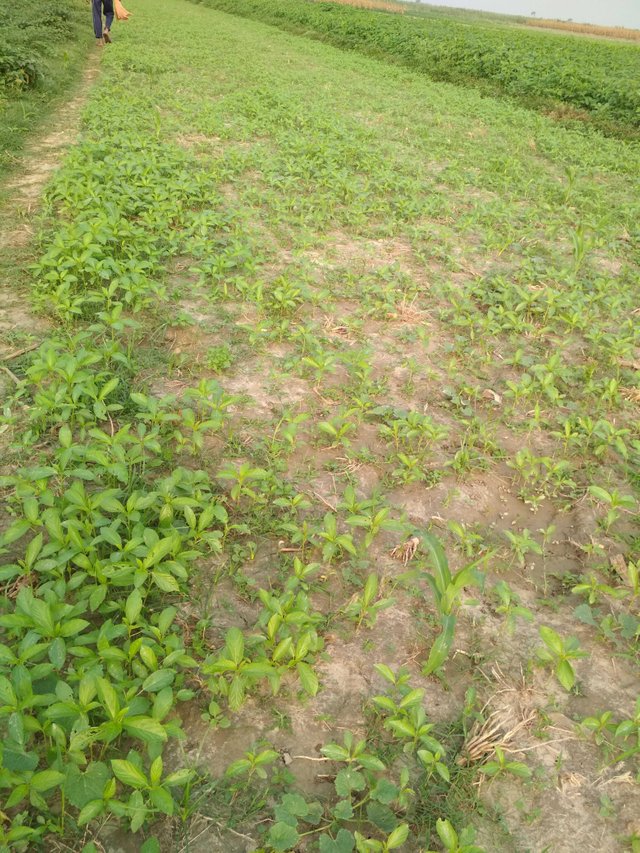Jute photography
For 2018-19, the Cabinet Committee on Economic Affairs (CCEA) has hiked the Minimum Support Price (MSP) on raw jute by Rs 2000 per tonne to Rs 37,000 per tonne. However, JAB at a recent meeting observed that market prices of raw jute ruled consistently below MSP during 2017-18.
Since 2013, area under raw jute cultivation has receded by 9.5 per cent. Figures of the Union agriculture ministry show jute is cultivated on 0.68 million hectares as opposed to the target of 0.83 million hectares. West Bengal, the biggest jute producer, has even lower estimates, pointing out that the crop can be raised on 0.5 million hectares.

–– ADVERTISEMENT ––


Apart from distress sale, JAB is vexed over wide variations in jute crop estimates by central, state and private raw jute agencies. According to JAB, each year there is a gap of 2-2.5 million bales on estimates drawn up by the board and agriculture ministry. In 2018-19, Jute Corporation of India (JCI) has estimated a production of 7.2 million bales of jute and mesta as against 11.8 million bales by the ministry of agriculture and 7.5 million bales by the jute industry.
JAB has asked stakeholders to submit final crop production figures by June 30. The supply and demand position has been estimated as 9.8 million bales and 7.8 million bales for 2018-19. Based on the initial estimates, the standing advisory committee on jute will fix the percentage for use of jute bags for 2018-19 at its meeting on May 18. The recommendation is for 90 per cent use of jute bags for packing food grains and 20 per cent for sugar. Jute Packaging Materials Act, 1981 in its original form, advocated 100 per cent reservation for jute sacking bags for food grains and sugar.

JAB has asked stakeholders to submit final crop production figures by June 30. The supply and demand position has been estimated as 9.8 million bales and 7.8 million bales for 2018-19. Based on the initial estimates, the standing advisory committee on jute will fix the percentage for use of jute bags for 2018-19 at its meeting on May 18. The recommendation is for 90 per cent use of jute bags for packing food grains and 20 per cent for sugar. Jute Packaging Materials Act, 1981 in its original form, advocated 100 per cent reservation for jute sacking bags for food grains 
nice picture...